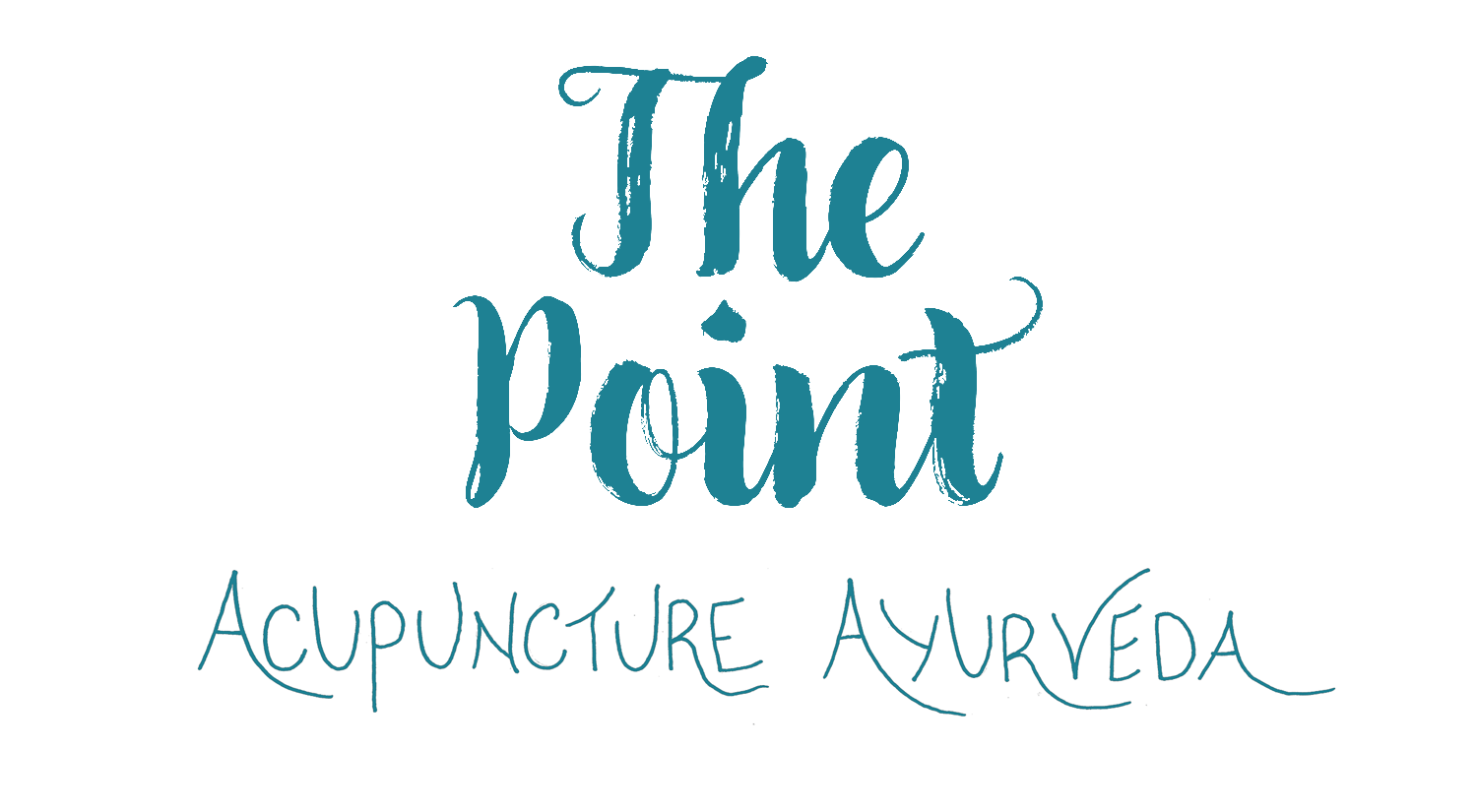What's Fascia Got To Do With It?
/A human form approaches in Volunteer Park. They're 100 yards away, too far to decipher clothing, hair, skin, eyes. You sense a youthfulness. What brings you to that conclusion?
Perhaps you infer youthfulness based on fluidity of movement. From a distance, the grace and suppleness of the approaching form are palpable. Youthful tissues team with vitality; they are well hydrated and elastic and allow movement with a corresponding sprightly vigor. Aging tissues tend to be dry, contributing to body, joint, and muscle stiffness. How can we foster healthy, hydrated tissues into old age, translating into fluidity and freedom of movement? And how does fascia play a role?
A Ubiquitous, Continuous Web
Fascia is a ubiquitous, continuous web of silvery-white material that penetrates every muscle, envelops every organ, covers every nerve, and coats every bone. Until recently it was thought to be inert, lifeless. But in actuality, it is much more than a mere wrapper. It is a complex, self-regulating organ that both separates and interconnects every structure within our body, facilitating deft communication between the musculoskeletal, circulatory, lymph, and nervous systems.
The most superficial layer of fascia lies directly under the skin, separating skin from muscle, enabling the muscles and skin glide smoothly across one another. Deep fascia - more dense and fibrous - coats the muscles, organs, nerves, and brain. But fascia does not stop there. The electron microscope elucidates that fascial fibers divide into smaller and smaller branches, penetrating the cell walls, and ultimately the walls of the nuclei themselves.
Fascia is both fiber and fluid. Like gel or honey it harbors particles of solid suspended in liquid.
Its fibrous portion consists primarily of collagen (which gram for gram is stronger than steal) and elastin. These building blocks infuse it with tremendous strength and flexibility, enabling it to bend and stretch (rather than break) to accommodate load.
Its fluid portion (ninety percent of which is water) thrives as a highway for nutrients, immune cells, and more. It hosts chemical and molecular exchanges between blood and lymph, transports nutrients, and facilitates cellular remodeling.
Because every fiber of fascia in our body is connected to every other fiber via the fascial web, the fascia acts as our body's intranet, a corporeal communication network that ensures every cell is in communication with every other cell. When one fiber of the web is tugged, mechanical and chemical signals move through the fascial web and the entire organism responds.
But not only does the facia facilitate communication throughout the body, it also harbors fibroblast cells (the most abundant cell in the fascial matrix) which respond to stretch, vibration, and load by remodeling the facial structure. Fibroblast cells are architects and builders. When tension is high, or movement patterns are habitual, fibroblasts produce more collagen to fortify the matrix, reorganizing and rebuilding in response to the direction of force. Conversely, when movement is minimal fibroblasts produce fewer fascial cells. Clearly then, musculoskeletal injuries as well as repetitive use patterns truly change our facial web and ultimately our posture.
In young, healthy humans, the fibrous portions of fascia move relatively freely through the facial fluid. However, when fascia is strained via years of habitual movements, the facial fibers fortify themselves to help support our habits, sticking together and forming adhesions and scar tissue. This ultimately restricts range of motion.
Unlocking Facial Adhesions & Minimizing Scar Tissue
There are many methods of unlocking facial adhesions and minimizing scar tissue so we can move, flow, dance through life more freely.
First though, let's work to prevent undue adhesions (which usher in body stiffness). Healthy inputs (foods and fluids brimming with nutrients and hydration - especially fruits and veggies) and healthy outputs (regular and complete poops) are key to replenish the fluid portion of fascia. Daily movement, including the generation of internal body heat, is also a must.
Heating fascia decreases its viscosity, making it less sticky and thick, and more transformable. So to open stuck fascia, heat helps. A heated space helps us discover more depth in our yoga poses; a warm morning shower helps alleviate body tightness; "warming up" before intense physical activity makes us less prone to facial tearing and injury.
By moving in ways that engage all of our fascia from finger tip to pinky toe we facilitate freedom and mobility in our tissues. Yoga, qi-gong, movement practices like Feldenkrias, and free-form dance are fantastic. Yin yoga, in which postures that play with the edge of fascial restrictions are held for over three minutes, is especially useful because it stimulates fibroblasts near the restrictions to produce hyaluronic acid (or hyaluronan) which lubricates collagen and elastin, promoting glide and easing local adhesions.
The key is to bring our awareness and curiosity to spots that feel stuck, and gently explore moving into these areas of resistance. Our breath is a particularly powerful tool as we can guide it with our intention and attention to areas of tightness, continuing to breathe until we feel release.
There are many other helpers to minimize fascial adhesions. In my practice I use acupuncture to release tight fascia, locating spots of particular tension and releasing them, allowing the opening to reverberate through the facial web. Cupping, an ancient modality brought to wider American attention by swimmer Michael Phelps in the 2016 Olympics, is a faithful fascial reorganizer. Rolling on lacrosse balls and foam rollers can release fascia. So too can all types of bodywork and physical therapy.
Before and after fascial work extra hydration is important. This is because the dense, tightly wound fibers at adhesion sites have reduced the local flow of fascial fluid (imagine a beaver dam) such that cellular debris and bacteria have built up. When facial flow is restored water helps the body flush out and process these materials.
By caring for our fascia, preventatively and in response to injury and adhesion, we can move with supple grace even in older age.
